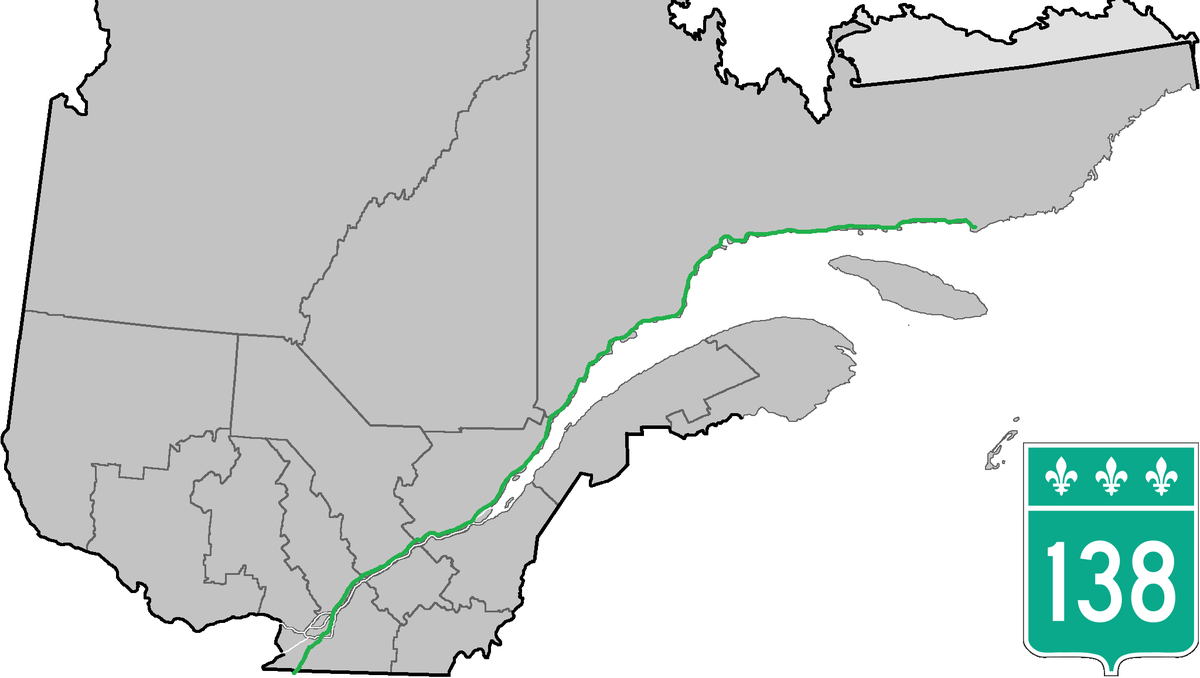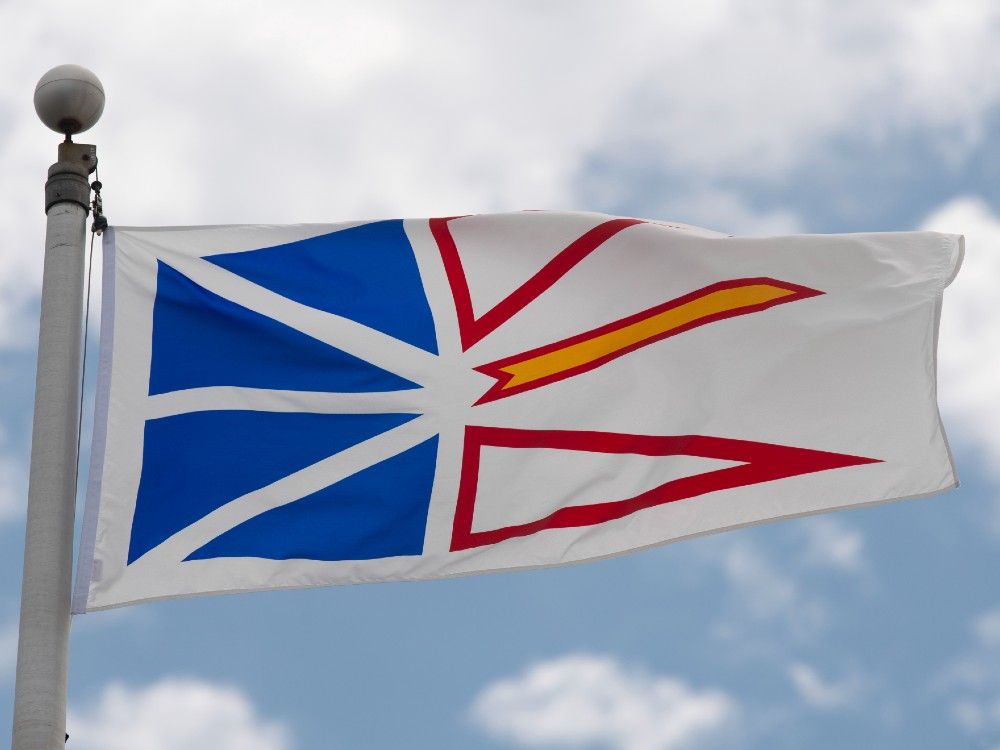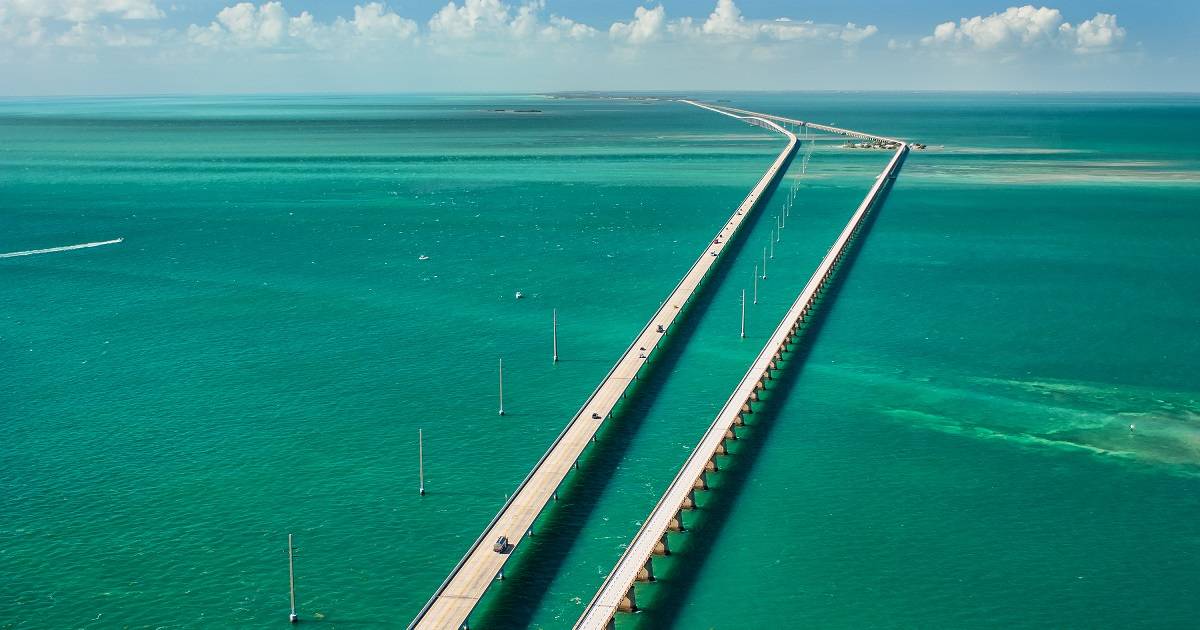You are using an out of date browser. It may not display this or other websites correctly.
You should upgrade or use an alternative browser.
You should upgrade or use an alternative browser.
Arctic/Offshore Patrol Ship AOPS
- Thread starter Privateer
- Start date
- Reaction score
- 16,552
- Points
- 1,160
Some CCG helicopter footage
KevinB
Army.ca Relic
- Reaction score
- 29,336
- Points
- 1,260
I’m less generous than 80%The majority of flights in the arctic will be exactly the same as the CCG. For the other stuff there is the Cyclones, but we will be always short on those. So this is the 80% solution and will mean they will have helicopters onboard, making them far more useful than pining for the 100% solution that is not there.
My belief if you want a MH, you want it to be able to perform in all the conditions you will face - which means launching and recovery in poor sea states (which having been a GIB in some unpleasant rough night up and downs means I want the best possible solution for the situation).
The arctic is going to become more and more cluttered and contested, and at this point the MH-60 is the best solution for those missions.
I’d also love a squadron of Hooks up somewhere in the North to offer its speed, size and other capabilities.
Serious question: was the Iranian Bell 212 the 80% solution?I’m less generous than 80%
My belief if you want a MH, you want it to be able to perform in all the conditions you will face - which means launching and recovery in poor sea states (which having been a GIB in some unpleasant rough night up and downs means I want the best possible solution for the situation).
The arctic is going to become more and more cluttered and contested, and at this point the MH-60 is the best solution for those missions.
I’d also love a squadron of Hooks up somewhere in the North to offer its speed, size and other capabilities.
- Reaction score
- 6,089
- Points
- 1,160
Or should we wait for the MH-60 replacement?I’m less generous than 80%
My belief if you want a MH, you want it to be able to perform in all the conditions you will face - which means launching and recovery in poor sea states (which having been a GIB in some unpleasant rough night up and downs means I want the best possible solution for the situation).
The arctic is going to become more and more cluttered and contested, and at this point the MH-60 is the best solution for those missions.
I’d also love a squadron of Hooks up somewhere in the North to offer its speed, size and other capabilities.

US Navy takes step closer to future helicopter
The U.S. Navy’s Future Vertical Lift (Maritime Strike) (FVL (MS)) program has recently completed its Analysis of Alternatives (AoA), culminating in a Deputy Chief of Naval Operations (DCNO) for Warfighting Requirements and Capabilities (N9) “Gate 2” Resources and Requirements Review
- Reaction score
- 26,655
- Points
- 1,360
I’d also love a squadron of Hooks up somewhere in the North to offer its speed, size and other capabilities.
Open sources on CH-147F capabilities indicate they can self-deploy all the way up to Alert with a two-hop flight. Dedicated infra and housing people in the north is a pretty big squeeze for the juice, if you can put blades on site in 24-36hrs.

Serious question: was the Iranian Bell 212 the 80% solution?
Having a few hours on type, I’d say the bigger issue is the decision-making process of the pilots. I’ll go out on a limb to believe this was CFIT.
Or should we wait for the MH-60 replacement?

US Navy takes step closer to future helicopter
The U.S. Navy’s Future Vertical Lift (Maritime Strike) (FVL (MS)) program has recently completed its Analysis of Alternatives (AoA), culminating in a Deputy Chief of Naval Operations (DCNO) for Warfighting Requirements and Capabilities (N9) “Gate 2” Resources and Requirements Reviewdefence-blog.com

Most likely. Its a common tale: the boss said GO and it is likely that saying no isn't really an option. I would like to here from the crews from the other two helicopters. We haven't heard anything from them at all.Having a few hours on type, I’d say the bigger issue is the decision-making process of the pilots. I’ll go out on a limb to believe this was CFIT.
View attachment 85319
KevinB
Army.ca Relic
- Reaction score
- 29,336
- Points
- 1,260
You won’t…Most likely. Its a common tale: the boss said GO and it is likely that saying no isn't really an option. I would like to here from the crews from the other two helicopters. We haven't heard anything from them at all.
Swampbuggy
Sr. Member
- Reaction score
- 339
- Points
- 730
Was just on it last week and it remains an absolute marvel. Though, the Flagler railway bridge that was the original land link through the Keys (of which a tiny, terrifying remnant can be explored) seems to me to be an even more impressive structure, given the time it took to build it.
Trans-Labrador Highway - Wikipedia
en.wikipedia.org

Quebec Route 138 - Wikipedia
en.wikipedia.org
View attachment 85285View attachment 85286
Schefferville to Churchill and Muskrat Falls, Churchill Falls to Goose Bay, Goose Bay to Old Fort on Quebec Highway 138, just past Blanc Sablon on the Strait of Belle Isle.
Completing the coastal highway remains a work in progress. One that proceeds at its own pace but one that proceeds.

Newfoundland and Labrador Fixed Link | Canada Infrastructure Bank (CIB)
The CIB, Newfoundland and Labrador Department of Transportation and Infrastructure is looking to further assess a fixed transportation link between the Island and Labrador.cib-bic.ca

Estimates for tunnel to Newfoundland show doubled project costs, large annual losses, and slower trips
Despite high operating costs and barely reduced travel times, Ottawa and the province are still talking about proceeding with the project.nationalpost.com
The Faroe Islanders cost the Danes a fortune but they still build them tunnels. It is both a matter of pride and a bet on the future.
View attachment 85287
I don't underestimate the challenges but others seem to have accepted them as worth the attempt. The above map seems to suggest why Moosonee might have been considered for one route to salt water in that it appears to skirt most of the peatlands. Likewise it seems to suggest why the York Factory - Port Nelson route might be given preference over the Churchill route. Churchill may present a better harbour but the approach through the peatlands is longer. Port Nelson is closer to the hard rock of the Shield.
And I have driven across floating bridges in Canada and the US and highways built over swamps and Bayous on the Gulf Coast.
And then there is always this highway
View attachment 85288

US Highway 1 To Key West: How The Road To Paradise Came To Be
Attributing to the movement that drove Ernest Hemingway from the Florida paradise was the development of what is now known as U.S. Highway 1www.hotcars.com
As an adjunct, given we’re talking Keys and prohibitively expensive projects, Fort Jefferson on the Dry Tortugas was a supremely expensive, logistical nightmare to build, but it helped safeguard the Port of New Orleans. This allowed control of the Mississippi River and therefore access to the US heartland. In many ways, it draws comparison to any number of Arctic ports that could be built up (with difficulty and at great expense) to protect our northern resources and waterways. You need to pay to play, but the end result could be nation defining.
KevinB
Army.ca Relic
- Reaction score
- 29,336
- Points
- 1,260
As an adjunct, given we’re talking Keys and prohibitively expensive projects, Fort Jefferson on the Dry Tortugas was a supremely expensive, logistical nightmare to build, but it helped safeguard the Port of New Orleans. This allowed control of the Mississippi River and therefore access to the US heartland. In many ways, it draws comparison to any number of Arctic ports that could be built up (with difficulty and at great expense) to protect our northern resources and waterways. You need to pay to play, but the end result could be nation defining.
The problem is so many politicians are only looking to the election cycle, not their countries (this doesn’t just apply to Canada) best interest in the long term.
Rainbow1910
Sr. Member
- Reaction score
- 1,896
- Points
- 810
Future HMCS Frédérick Rolette was named today at a ceremony in Halifax. Some background on Rolette below as he is an obscure figure in the history of Canada.
Frédérick Rolette (who signed his first name Frédérick, also spelled “Frédéric” in some historical references, including his birth records) was born in Québec City on September 23, 1785 and joined the Royal Navy as a midshipman while a young teen. Returning to his native land in 1807, he was commissioned as a Lieutenant in the Provincial Marine, the government’s maritime service on the Great Lakes in British North America. Just before the outbreak of the War of 1812, Rolette was posted to Amherstburg, Upper Canada (now Ontario) as Lieutenant in command of the brig General Hunter. When word of the outbreak of war reached Amherstburg on July 3, 1812, Rolette acted immediately, capturing an American vessel, the Cuyahoga, before the crew even became aware that their country had declared war on Britain. This was the first action of the War of 1812 and a significant prize, because onboard the Cuyahoga were American commander General William Hull’s papers and dispatches, providing the British with a great deal of intelligence on American strength and deployment.
Rolette was very active in the war, participating in other land battles such as the Battle of Frenchtown (January 1813) and the skirmish at the Canard River. In addition to the Cuyahoga, Rolette is considered to be responsible for the capture of over a dozen other prizes during the war, including small boats. At a time when it was not yet customary to award medals to military personnel in recognition of conspicuous gallantry (courage in battle), Lieutenant Rolette was mentioned in dispatches by senior military officers on several occasions during the course of the War of 1812. At the capture of Detroit, Major-General Isaac Brock praised Rolette’s conduct in the highest terms: “I have watched you during the action,” said the general, “you behaved like a lion and I will remember you.” On October 11, 1812, in a letter sent to Lieutenant-General George Prevost recounting the fate of two British ships, the Caledonia and the Detroit, Brock wrote further that he believed Lieutenant Rolette had “the character of a brave, attentive officer.” When wounded at the battle of the River Raisin, Rolette obstinately refused to leave the field: “I have been selected to work this gun, and it would be a lasting disgrace for me to leave it.” Finally, Commodore Robert Barclay, who commanded the British squadron on Lake Erie in 1813, said that “as long as he served under me, his [Lt Rolette’s] excellent conduct deserved my greatest approbation, and I was fortunate in having so good a seaman.”
Lieutenant Rolette was severely wounded at Frenchtown but was able to return to duty by late summer of that year, to be First Lieutenant (second in command) of the British schooner Lady Prevost at the Battle of Lake Erie on September 10, 1813. When the captain was mortally wounded, he assumed command and fought the ship “with great skill and gallantry” until he himself was severely wounded, burned by an explosion, and the ship was a broken unmanageable and sinking wreck. He surrendered his ship with the rest of Barclay’s British fleet, and suffered for the duration as a prisoner of war.
- Reaction score
- 1,732
- Points
- 1,160
Another ship to work up.
Future HMCS Frédérick Rolette was named today at a ceremony in Halifax. Some background on Rolette below as he is an obscure figure in the history of Canada.
For info, here is another little known "hero" of the War of 1812 who was directly responsible for the British regaining control of the upper Great Lakes. Makes for quite a tale. Lieutenant Miller Worsley
Rainbow1910
Sr. Member
- Reaction score
- 1,896
- Points
- 810
Busy time now and upcoming for the AOPS fleet.
HMCS William Hall is currently in France for the D-Day 80th anniversary event, first AOPS to cross the Atlantic to Europe.
HMCS Margaret Brooke is deployed on OP CARIBBE to the Caribbean.
HMCS Max Bernays has been earmarked to accompany HMCS Vancouver and MV Asterix to RIMPAC 2024 before transitioning into OP HORIZON through the Indo-Pacific.
HMCS William Hall is currently in France for the D-Day 80th anniversary event, first AOPS to cross the Atlantic to Europe.
HMCS Margaret Brooke is deployed on OP CARIBBE to the Caribbean.
HMCS Max Bernays has been earmarked to accompany HMCS Vancouver and MV Asterix to RIMPAC 2024 before transitioning into OP HORIZON through the Indo-Pacific.
- Reaction score
- 562
- Points
- 810
All great deployments for the crews, but wouldn't one think that the Arctic Offshore Patrol Vessels would be planning to sail, I don't know, into Arctic waters? Aren't we starting to get into the season where the northern routes are opening up?
Rainbow1910
Sr. Member
- Reaction score
- 1,896
- Points
- 810
All of the AOPS are fairly new ships that require force generation and at sea time to bring their crews to sufficient competencies and training requirements. My own uninformed guess is that the RCN is not looking at sending the AOPS into the North with regularity until they are satisfied with the training and certification of the crews. It is one thing to operate in the Pacific or Atlantic where there is plenty of assistance only a call away, it is entirely another to dive head first into the Arctic, even if it is the navigable season.All great deployments for the crews, but wouldn't one think that the Arctic Offshore Patrol Vessels would be planning to sail, I don't know, into Arctic waters? Aren't we starting to get into the season where the northern routes are opening up?
These ships are versatile to take on duties as required elsewhere. HMCS William Hall and HMCS Max Bernays are taking up a slot that could have otherwise been filled by a CPF, better use of resources there.
- Reaction score
- 9,008
- Points
- 1,140
My understanding was that MAX was going an OP Nanook in the western Canadian arctic this summer.All of the AOPS are fairly new ships that require force generation and at sea time to bring their crews to sufficient competencies and training requirements. My own uninformed guess is that the RCN is not looking at sending the AOPS into the North with regularity until they are satisfied with the training and certification of the crews. It is one thing to operate in the Pacific or Atlantic where there is plenty of assistance only a call away, it is entirely another to dive head first into the Arctic, even if it is the navigable season.
These ships are versatile to take on duties as required elsewhere. HMCS William Hall and HMCS Max Bernays are taking up a slot that could have otherwise been filled by a CPF, better use of resources there.
Rainbow1910
Sr. Member
- Reaction score
- 1,896
- Points
- 810
My understanding was that MAX was going an OP Nanook in the western Canadian arctic this summer.
Minister Blair announces deployment of Royal Canadian Navy ships to the Indo-Pacific Region - Canada.ca
Today at the Shangri-La Dialogue in Singapore, the Honourable Bill Blair, Minister of National Defence, announced the deployment of two Royal Canadian Navy ships in support of Canada’s Indo-Pacific Strategy
My bad, it seems Max will likely return from RIMPAC 24 (June 26 to Aug. 2) to be available for an OP NANOOK deployment later in the Summer.In the coming days, His Majesty’s Canadian Ship (HMCS) Vancouver will depart from Esquimalt for Hawaii to take part in Exercise Rim of the Pacific (RIMPAC) 2024 before proceeding to Operation HORIZON in the Indo-Pacific. HMCS Vancouver will be joined on RIMPAC 24 by HMCS Max Bernays, Motor Vessel Asterix and a shore-based contingent of approximately 300 Canadian Armed Forces (CAF) members.
- Reaction score
- 1,732
- Points
- 1,160
They are, sometimes they go other places than the Arctic. Such as the antiarctic.All great deployments for the crews, but wouldn't one think that the Arctic Offshore Patrol Vessels would be planning to sail, I don't know, into Arctic waters? Aren't we starting to get into the season where the northern routes are opening up?
- Reaction score
- 8,589
- Points
- 1,210
Where is that? Amazon basin? Lots of vegetation, super hot, on the equator. Anti-arctic.the antiarctic.
Similar threads
- Replies
- 154
- Views
- 10K




